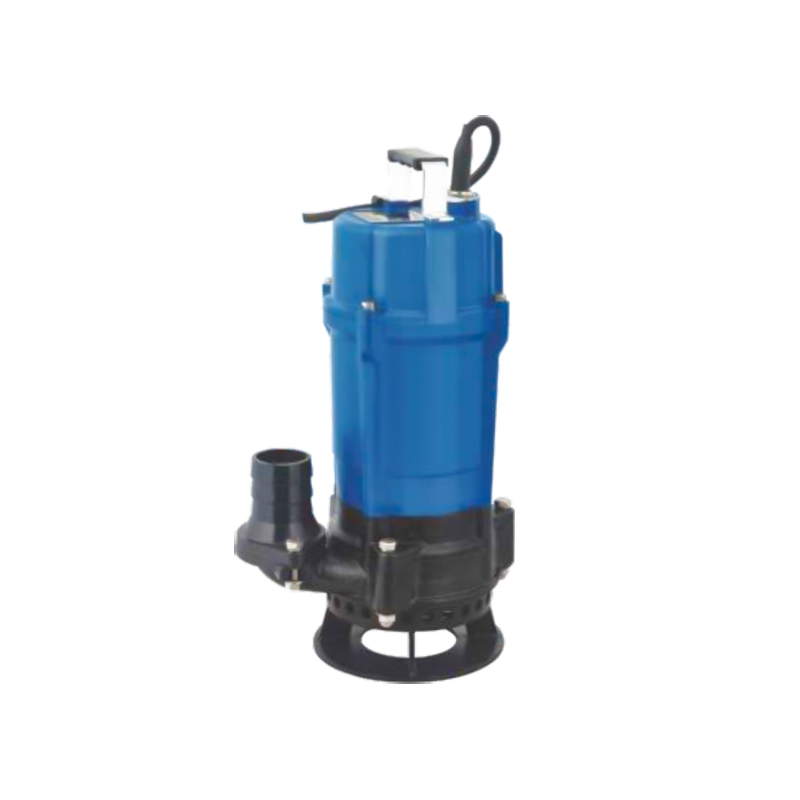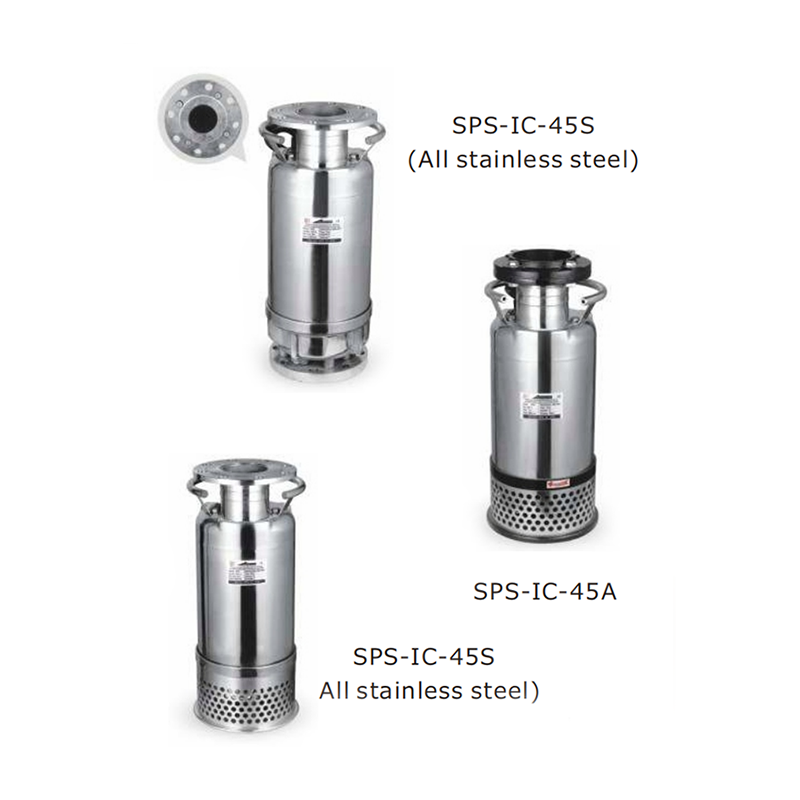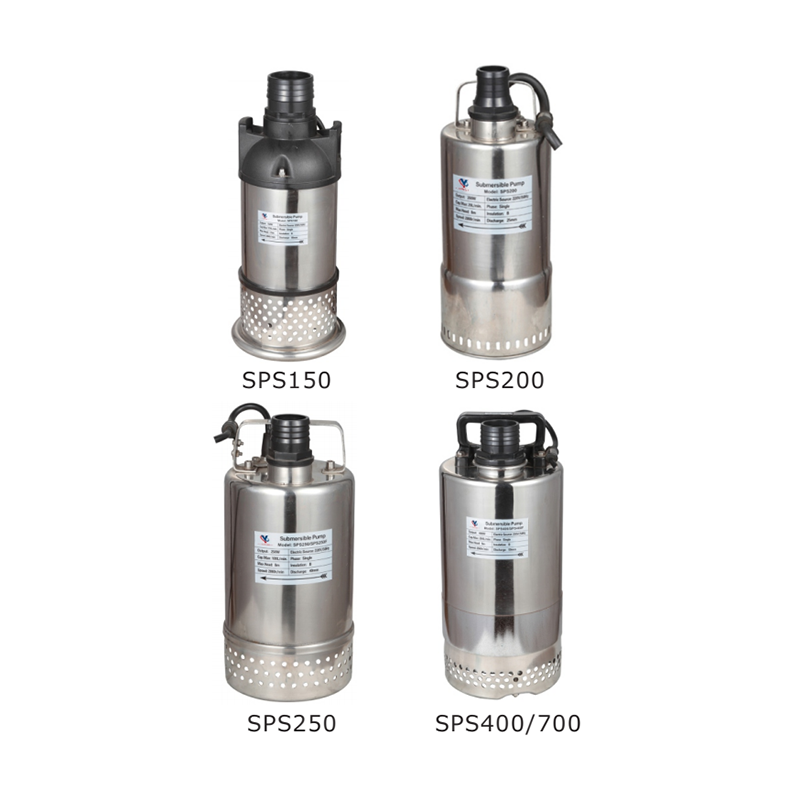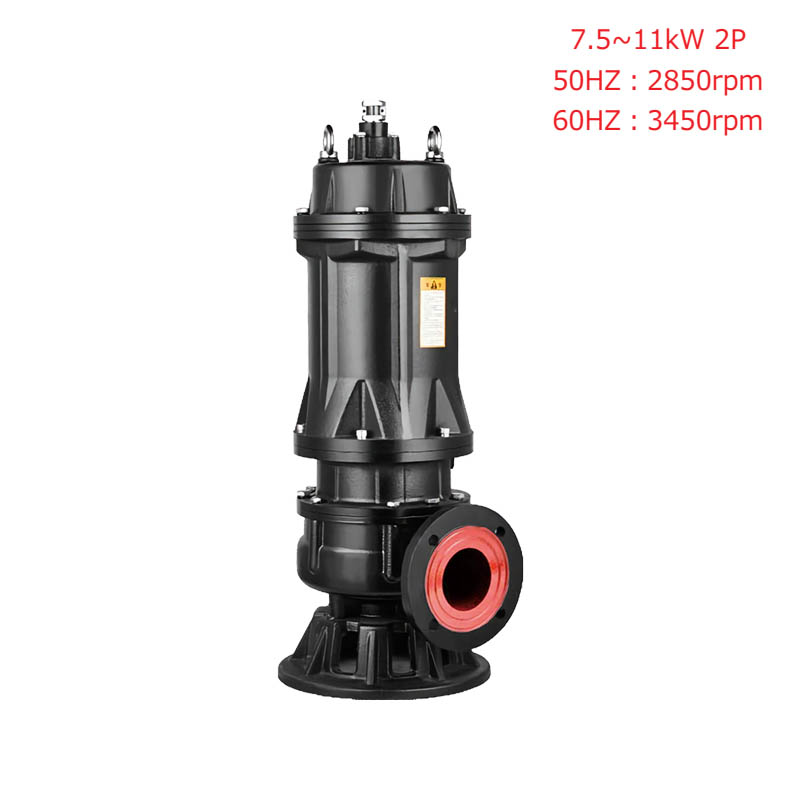A sewage pump is used for transporting and treating wastewater and is widely favored in wastewater treatment. Proper maintenance is essential to avoid operational issues. Below are some guidelines:
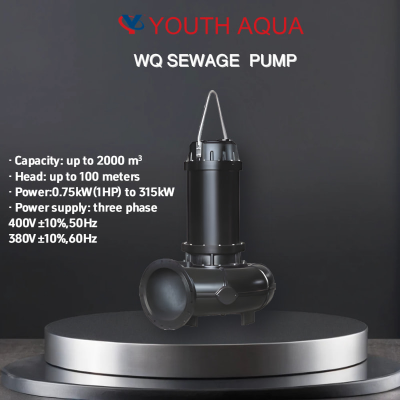
1. Check for loose connections and manually rotate the pump to ensure smooth operation. Ensure that all connections, including pipes and electrical connections, are secure to prevent any leaks or operational issues during use. A thorough inspection of the connections helps avoid unnecessary breakdowns.
2. Add bearing lubricant to the housing, keeping the oil level at the gauge centerline, and replace or refill as needed. Lubricating the bearings is crucial to prevent friction and heat buildup. Regular lubrication reduces the risk of corrosion, wear, and potential bearing failure, ensuring the pump operates smoothly.
3. Unscrew the priming plug and fill the pump with water or slurry to ensure the pump is adequately primed before starting. Priming the pump ensures that it has proper suction when starting and prevents air pockets from interfering with its performance. It also protects the pump from dry running, which can lead to damage.
4. Close the outlet valve, pressure gauge, and inlet vacuum gauge to isolate the pump and prevent unnecessary flow during startup. This helps build the necessary pressure gradually and ensures that the pump operates within safe and efficient parameters once it starts running.
5. Briefly start the motor to confirm the rotation direction to prevent any damage from incorrect rotational movement. If the pump is running in the wrong direction, it could cause mechanical damage or pump inefficiency. Checking the direction ensures smooth performance.
6. Start the motor, then open the pressure and vacuum gauges to confirm proper pressure before gradually opening the outlet valve while monitoring the motor load. Monitoring these gauges will help confirm that the pump is running efficiently and that pressure levels are within operating ranges. This also ensures the motor is not overburdened.
7. Keep flow rate and head within the pump's nameplate range for efficient operation. The pump is designed to operate at specific flow rates and heads (pressure). Exceeding these limits can result in excessive energy consumption, reduced performance, or even mechanical failure. It's essential to monitor and adjust the system to maintain efficient operation.
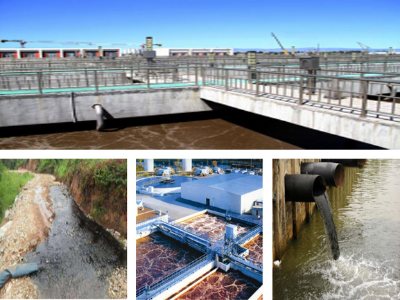
8. Ensure the bearing temperature does not exceed 35°C above ambient or 80°C overall. High bearing temperatures are an indication that the pump may be underperforming or that there is insufficient lubrication. Prolonged operation at high temperatures can cause overheating, wear, and possible failure of pump components.
9. Stop the pump immediately if abnormal noises occur. Any unusual noises like grinding, rattling, or whirring might indicate an issue with the internal components such as bearings, impellers, or motor parts. Promptly stopping the pump will prevent further damage and allow for quicker troubleshooting.
10. When stopping, close the outlet valve and pressure gauge before turning off the motor. This ensures that the pump is safely isolated from the rest of the system before shutdown. Closing these valves prevents any potential backflow or pressure surges that could damage the pump or other equipment.
11. Replace lubricant after 100 hours during the first month, then every 500 hours. Lubricant degradation can lead to increased friction and damage to moving parts. Regular lubricant changes ensure that the bearings and other moving components are well-protected from wear and that the pump continues to operate efficiently.
12. Adjust the packing gland regularly to maintain ideal drip leakage. The packing gland helps maintain a proper seal around the pump shaft, preventing water from leaking out. Regular adjustment ensures that the seal remains tight enough to prevent leakage but allows for a controlled, minimal drip that avoids excess wear.
13. Inspect the shaft sleeve for wear and replace it when necessary. The shaft sleeve protects the shaft from wear and corrosion, especially when exposed to abrasive or corrosive fluids. Over time, this sleeve can degrade, and replacing it promptly helps prevent shaft damage.
14. In winter, drain the pump completely after use to prevent freezing. Freezing can cause severe damage to the pump’s internal components, leading to costly repairs. Draining the pump ensures that water doesn’t freeze and expand inside the pump, causing cracks or blockages.
15. For long-term storage, disassemble, dry, grease moving parts, and reassemble. Proper storage of a pump that is not in use for an extended period is essential to prevent rusting and deterioration of moving parts. Disassembling and greasing ensures that the pump will be in working condition when it is needed again.
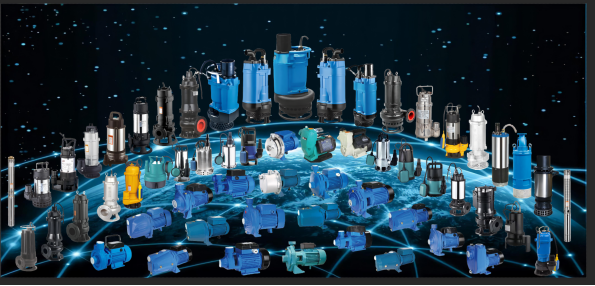



 English
English русский
русский عربى
عربى